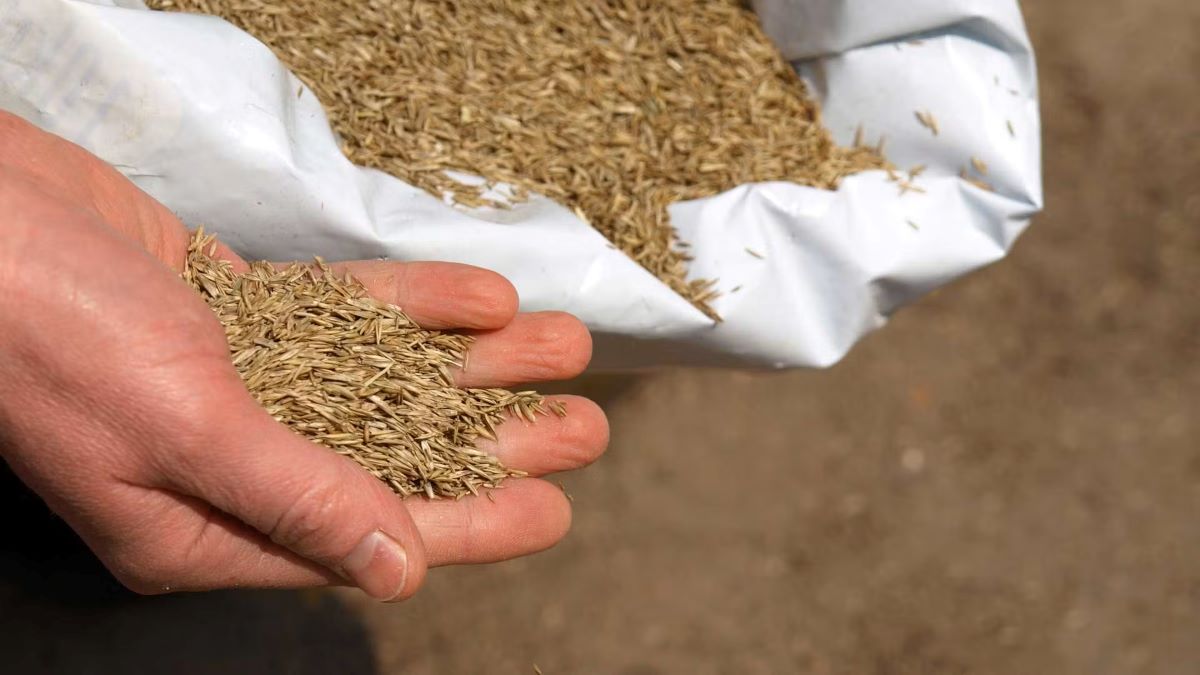

Articles
How To Store Grass Seed
Modified: February 1, 2024
Looking for articles on how to store grass seed? Check out our comprehensive guide for tips and tricks to ensure the longevity and quality of your grass seed storage.
(Many of the links in this article redirect to a specific reviewed product. Your purchase of these products through affiliate links helps to generate commission for Storables.com, at no extra cost. Learn more)
Introduction
Storing grass seed properly is essential to maintain its quality and viability over time. Whether you have leftover seed after a project or want to save seed for future use, following the right storage practices will ensure that the grass seed remains viable and ready to use when you need it.
Grass seed can be quite sensitive to environmental conditions, so it’s crucial to store it in a cool, dry, and protected area. By doing so, you can prolong the seed’s shelf life and prevent it from spoiling or losing its germination potential.
In this article, we will guide you on how to store grass seed effectively, giving it the best chance to remain healthy and viable. We will cover everything from choosing the right container to checking and rotating seed as time goes on.
By following these steps, you can ensure that your grass seed is in optimal condition, ready to create a lush and healthy lawn whenever you need it.
Key Takeaways:
- Properly storing grass seed is crucial for maintaining its viability and quality. Choose the right container, prepare a suitable storage area, and regularly check and rotate your seed to ensure successful germination and a lush lawn.
- Label and organize your grass seed storage to easily locate and utilize them when needed. Store the seed in a cool, dry place away from direct sunlight and regularly check for viability to maintain a fresh and viable seed stock.
Read more: How Long Can Seeds Be Stored
Choosing the Right Container
Choosing the right container for storing grass seed is crucial in maintaining its quality and preventing any moisture or pests from getting inside. Here are some factors to consider when selecting a container:
- Airtight: Look for a container that is airtight to prevent the entry of moisture, which can lead to mold or germination issues. This can be a sturdy plastic or metal container with a tight-fitting lid.
- Durable: Opt for a container that is durable and can withstand potential rough handling or accidental drops. This will ensure that the seeds remain protected and intact.
- Opaque: Choose a container that is opaque or has minimal light exposure. Sunlight can decrease the seed’s viability, so a dark or opaque container will help maintain its quality.
- Size: Consider the amount of seed you need to store and choose a container that can accommodate it. It’s better to have a slightly larger container than to cram the seeds into a small one, as this may compromise their quality.
- Sealable: Make sure the container has a secure seal to prevent any pests or insects from infiltrating and damaging the seeds. A tight seal will also help prevent moisture from entering, which can cause mold or rot.
Ideally, consider using a sealable plastic bucket or a metal container with an airtight lid. These options are widely available, inexpensive, and provide excellent protection against moisture and pests.
Remember, the key is to choose a container that meets these criteria and is specifically designed for storing seeds. This way, you can ensure that your grass seed remains in optimal condition and ready for future use.
Preparing the Storage Area
Before storing your grass seed, it’s important to prepare the storage area to create an optimal environment for seed preservation. Here are some steps to follow:
- Clean and Dry: Ensure that the storage area is clean and free of any dirt or debris. Remove any old grass clippings, leaves, or other organic matter that could potentially introduce moisture or pests into the storage area.
- Avoid Humidity: Choose a storage space that is low in humidity. Excessive moisture can lead to the growth of mold or fungus, causing the seed to become unsuitable for use. Consider spaces such as a dry basement or a climate-controlled room.
- Control Temperature: Maintain a stable temperature in the storage area. Extreme temperatures can affect the seed’s viability. Avoid areas that are subject to extreme heat or freezing temperatures, as these conditions can harm the seed.
- Avoid Sunlight: Keep the storage area away from direct sunlight. Exposure to sunlight can lead to premature aging and reduction in seed quality. Choose a dark or shaded spot to store the seeds.
- Pest Control: Take preventive measures to keep pests away from the storage area. Use insect repellents or traps to deter insects or rodents that could damage the seed. Ensure that the container is tightly sealed to prevent any pests from accessing the seeds.
By preparing the storage area properly, you can create an environment that is favorable for seed preservation. This will help maintain the quality and viability of your grass seed, ensuring that it remains in optimal condition for future use.
Cleaning and Drying the Seeds
Before storing grass seeds, it’s essential to clean and dry them thoroughly. This helps remove any debris, pathogens, or moisture that could affect their storage and viability. Here’s a step-by-step guide to cleaning and drying your grass seeds:
- Remove Debris: Start by removing any dirt, plant debris, or foreign objects from the seeds. You can do this by gently shaking or sieving the seeds to separate them from unwanted materials.
- Rinse the Seeds: Next, rinse the seeds with clean water to remove any remaining dust or impurities. Be sure to use a fine sieve or mesh to prevent the seeds from being washed away.
- Air-Drying: Spread the cleaned seeds in a thin layer on a clean, dry surface. Allow them to air-dry completely. This process may take a few days to a week, depending on the humidity levels. Make sure to place the seeds in a well-ventilated area away from direct sunlight.
- Avoid Exposure to Moisture: During the drying process, it’s crucial to keep the seeds away from any source of moisture. Moisture can cause the seeds to mold or clump together, reducing their viability.
It’s important to note that some grass seeds may require specialized cleaning or treatment methods, especially if they have sticky coatings or other specific requirements. Research the specific grass seed variety you are working with to ensure you are following the appropriate cleaning and drying techniques.
Once the seeds are fully dried, you can proceed to the next step of packaging and storing them properly to maintain their quality and germination potential.
Properly Packaging the Seed
Proper packaging is essential for preserving the quality and longevity of your grass seeds. When packaging the seeds, consider the following guidelines:
- Use Resealable Bags or Containers: Place the dried seeds in resealable plastic bags or airtight containers that are specifically designed for seed storage. These containers will help keep out moisture, pests, and air, which can degrade the seed over time.
- Absorb Moisture: To further protect the seeds, you can include moisture-absorbing materials such as silica gel packs or dry rice in the packaging. These will help reduce any residual moisture and maintain the seed’s quality.
- Avoid Excessive Packaging: Do not overcrowd the seeds in the packaging. Leave some room for air circulation to prevent the seeds from clumping together or becoming compressed, which can affect their viability.
- Label the Packaging: Clearly label the packaging with the variety of seed and the date of storage. This information will help you keep track of the seed type and age, enabling you to prioritize the use of older seeds first.
- Remove Excess Air: When sealing the packaging, try to remove as much air as possible. You can do this by gently pressing the bag or container before sealing it. Removing excess air will help maintain the seed’s freshness and prevent the growth of mold or fungi.
By following these packaging guidelines, you can ensure that your grass seeds are well-protected and can retain their viability for an extended period.
Remember to store the packaged seeds in a suitable location, away from direct sunlight and extreme temperatures. This will help maintain the quality and germination potential of the seeds over time.
Store grass seed in a cool, dry place away from direct sunlight. Keep it in a sealed container to protect it from moisture and pests. Check the expiration date and use it within one year for best results.
Read more: How To Store Seed Potatoes Until Planting
Labeling and Organizing
Labeling and organizing your stored grass seeds is crucial for easy identification and ensuring that you can locate and utilize them when needed. Here are some tips on how to effectively label and organize your grass seed storage:
- Clear and Visible Labels: Use waterproof labels or permanent markers to clearly label each container or bag of grass seed. Include essential information such as the seed variety, date of storage, and any additional notes or instructions.
- Categorize by Seed Type: If you have multiple types of grass seed, organize them by seed type or variety. This will make it easier to locate and access the specific seeds you need for a particular project.
- Arrange by Date: While labeling, note down the date of storage for each container. Arrange the containers in chronological order, with the oldest seeds in front. This practice will help you prioritize the use of older seeds before they lose their viability.
- Separate Opened and Unopened Seeds: If you have both opened and unopened packages of grass seed, keep them separate. This will help you identify which seeds have been exposed to air and may have a shorter shelf life.
- Create an Inventory List: Maintain an inventory list of all the grass seed varieties you have, along with their quantities and storage dates. This list will serve as a reference and reminder of your available seed stock.
It’s also a good practice to periodically review and update your inventory list, removing any expired or low-quality seeds and replenishing your stock as necessary.
By labeling and organizing your grass seed storage, you’ll have a clear overview of your seed collection and ensure that the seeds are easily accessible when you need them.
Storing the Seed in a Cool and Dry Place
Storing grass seed in a cool and dry place is essential to preserve its quality and viability. The ideal storage conditions help prevent moisture, heat, and light from damaging the seeds. Here are some guidelines for storing your grass seed:
- Temperature: Choose a storage location that maintains a cool and stable temperature. The optimal temperature range for seed storage is typically between 50 and 60 degrees Fahrenheit (10 to 15 degrees Celsius). Avoid areas that are prone to drastic temperature fluctuations or extreme heat.
- Humidity: Ensure that the storage area has low humidity. Excessive moisture can lead to the growth of mold or fungi, which can damage the seeds. Aim for a relative humidity level below 50% to minimize the risk of moisture-related issues.
- Avoid Direct Sunlight: Exposure to sunlight can deteriorate the quality of grass seeds over time. Choose a storage spot away from direct sunlight or use opaque containers to shield the seeds from light. Sunlight can accelerate the aging process and decrease the seed’s germination potential.
- Avoid Moisture Sources: Keep the seed storage area away from potential sources of moisture, like leaking pipes or areas prone to water accumulation. Moisture can cause the seeds to mold or rot, rendering them unusable.
When determining the right storage place, consider options such as a dry basement, a climate-controlled room, or a closet away from sources of heat and moisture.
It is essential to note that storing grass seed in a refrigerator or freezer is not recommended. These environments can create moisture issues if not handled correctly, and if the seed freezes and thaws repeatedly, it may impact its viability.
By storing your grass seed in a cool and dry place, you can enhance its longevity and ensure that it remains in optimal condition for future use in creating a lush, healthy lawn.
Checking and Rotating Stored Seed
Regularly checking and rotating your stored grass seed is crucial to maintain its viability and ensure that you’re using the freshest seed available. Over time, even properly stored seeds may lose their germination potential, so it’s important to follow these steps:
- Check for Viability: Periodically test the germination rate of your stored grass seed. Take a small sample and follow the instructions on the seed packet to determine the percentage of seeds that successfully sprout. This will give you an idea of the seed’s viability and whether it’s still suitable for use.
- Rotate Old Seed: If you have multiple containers of grass seed, prioritize using older seed first. By rotating your seed stock, you ensure that you’re using the oldest seeds first and preventing them from becoming too old and potentially losing germination ability.
- Replace Expired Seed: If you find that a significant portion of your stored seed has low germination rates or has expired, it’s best to replace it with fresh seed. Label and note the expiration date on your seed containers to keep track of their viability.
- Monitor For Pest Infestation: Regularly inspect your stored seed for any signs of pests or insects. If you notice any infestation, promptly discard affected containers to prevent further spread and potential damage to your seed collection.
- Monitor Storage Conditions: Continuously assess the storage conditions of your grass seed. Check for any changes in temperature, humidity, or exposure to light. Make adjustments as necessary to maintain an optimal storage environment.
By regularly checking and rotating your stored grass seed, you’ll ensure that you’re using viable and fresh seed for your lawn projects. This practice helps maximize the success of seed germination and promotes the growth of healthy, vibrant grass.
Remember to keep detailed records of your seed inventory and any observations made during the checking and rotating process. This information will help you plan and organize future seed purchases and storage.
Summary
Properly storing grass seed is essential to maintain its quality and viability, ensuring that it remains healthy and ready for use. Here’s a summary of the key points discussed in this article:
- Choose an airtight, durable, and opaque container for storing your grass seed.
- Prepare a clean and dry storage area, free from excess moisture and pests.
- Clean and dry the seeds thoroughly to remove debris and moisture.
- Package the seeds in resealable bags or airtight containers, and consider adding moisture-absorbing materials.
- Label each container clearly, including the seed variety, storage date, and any other relevant information.
- Organize your seeds by type and storage date, and maintain an inventory list.
- Store the seed in a cool, dry place away from direct sunlight, extreme temperatures, and sources of moisture.
- Regularly check the viability of your stored seed and replace any expired or low-quality seeds.
- Rotate your seed stock to use older seeds first and prevent them from losing viability.
- Monitor for pests or infestation and make adjustments to storage conditions as needed.
By following these guidelines, you can ensure that your grass seed remains in optimal condition, ready to create a lush and healthy lawn whenever you need it. Regularly checking and rotating your seed will help you maintain a fresh and viable seed stock, allowing for successful germination and growth.
Remember that proper storage practices are essential for preserving the quality of your grass seed over time. By taking these steps, you can enjoy the benefits of high-quality grass seed and achieve a beautiful and thriving lawn.
Frequently Asked Questions about How To Store Grass Seed
Was this page helpful?
At Storables.com, we guarantee accurate and reliable information. Our content, validated by Expert Board Contributors, is crafted following stringent Editorial Policies. We're committed to providing you with well-researched, expert-backed insights for all your informational needs.
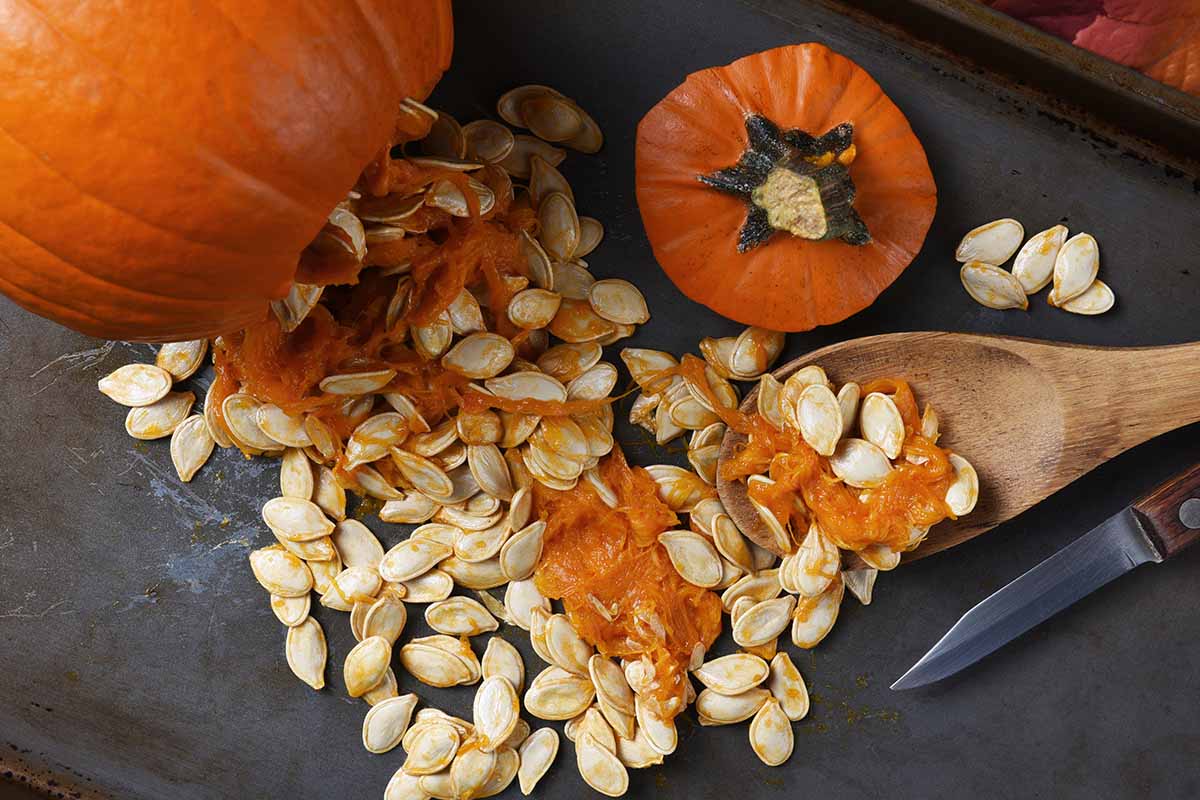
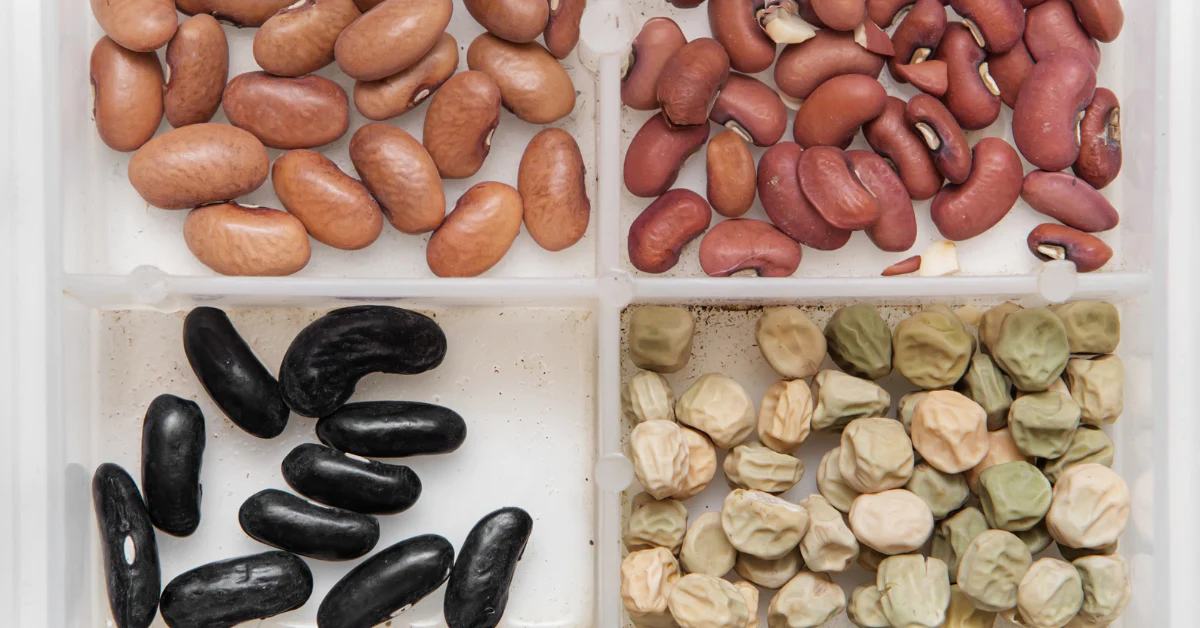
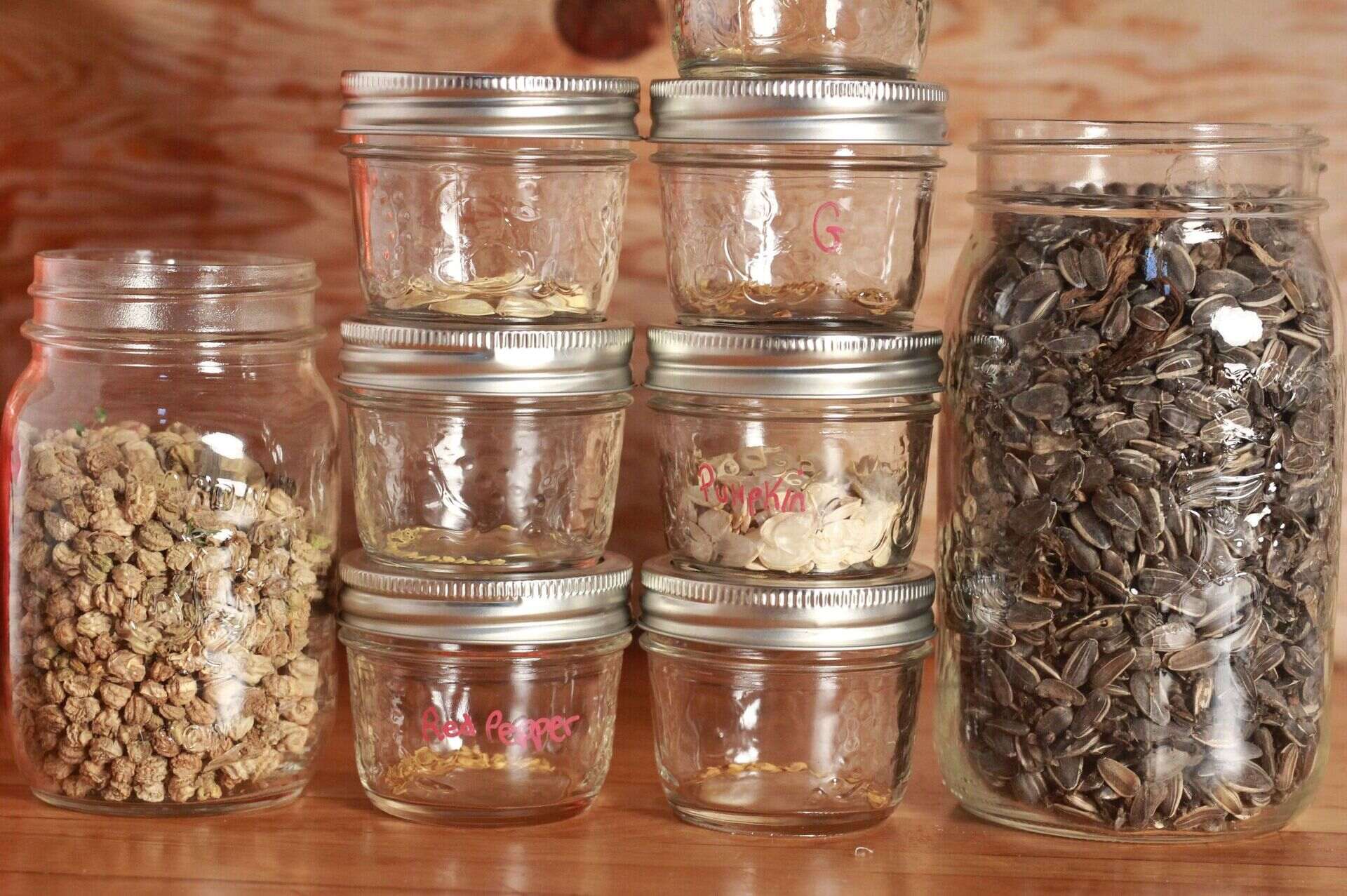
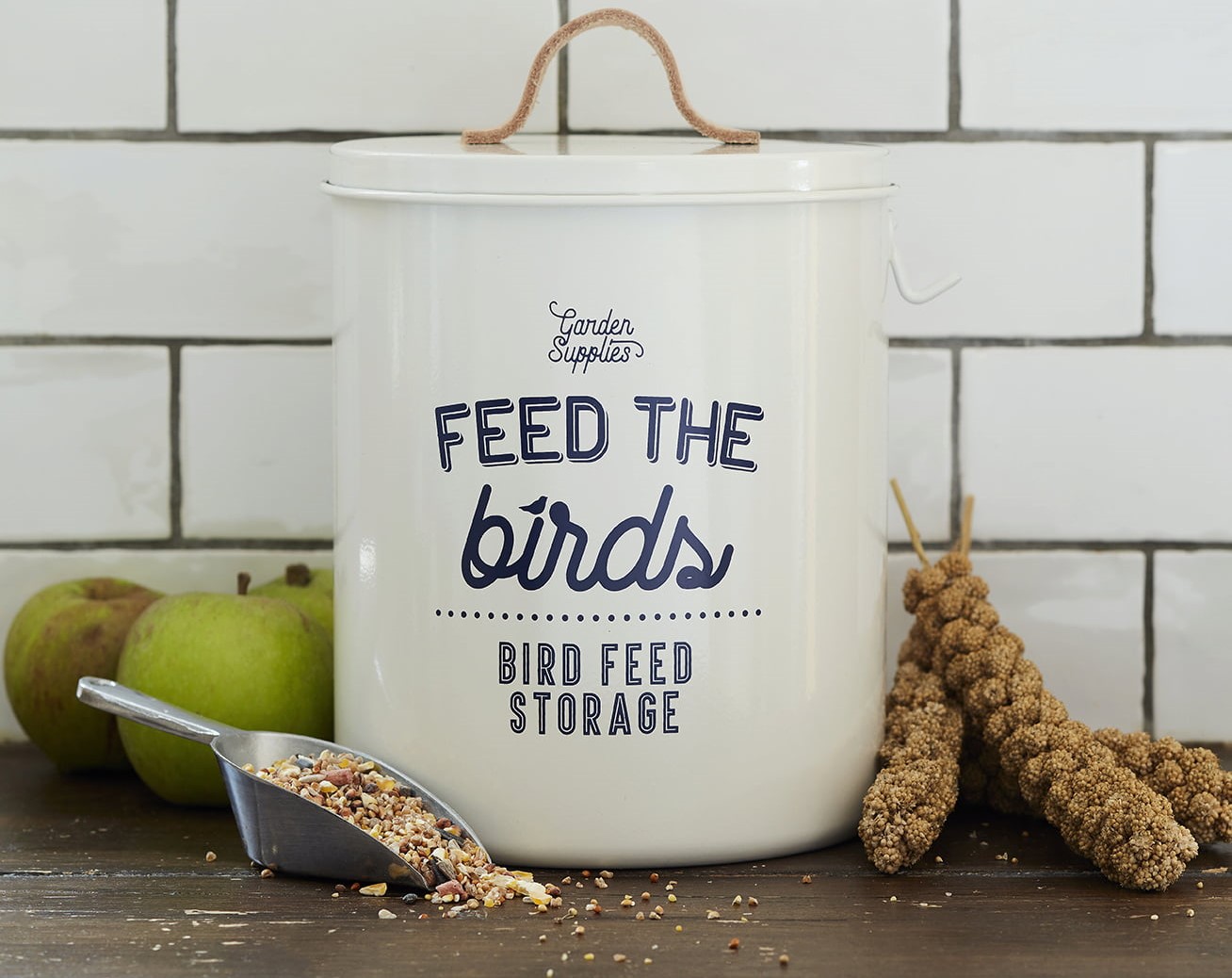
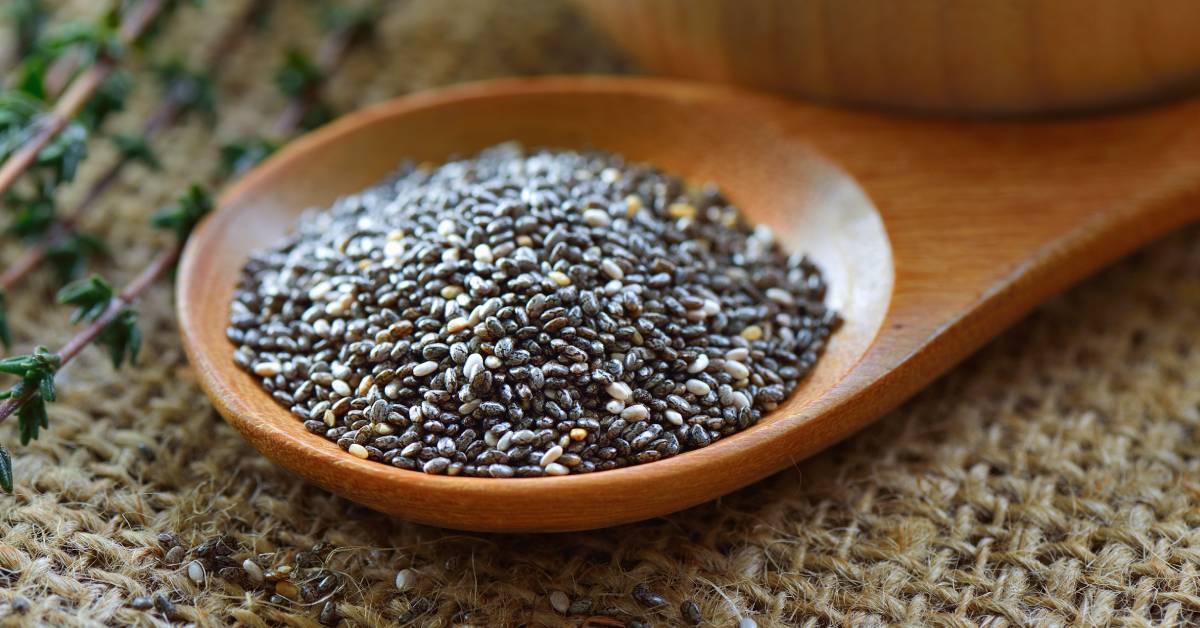
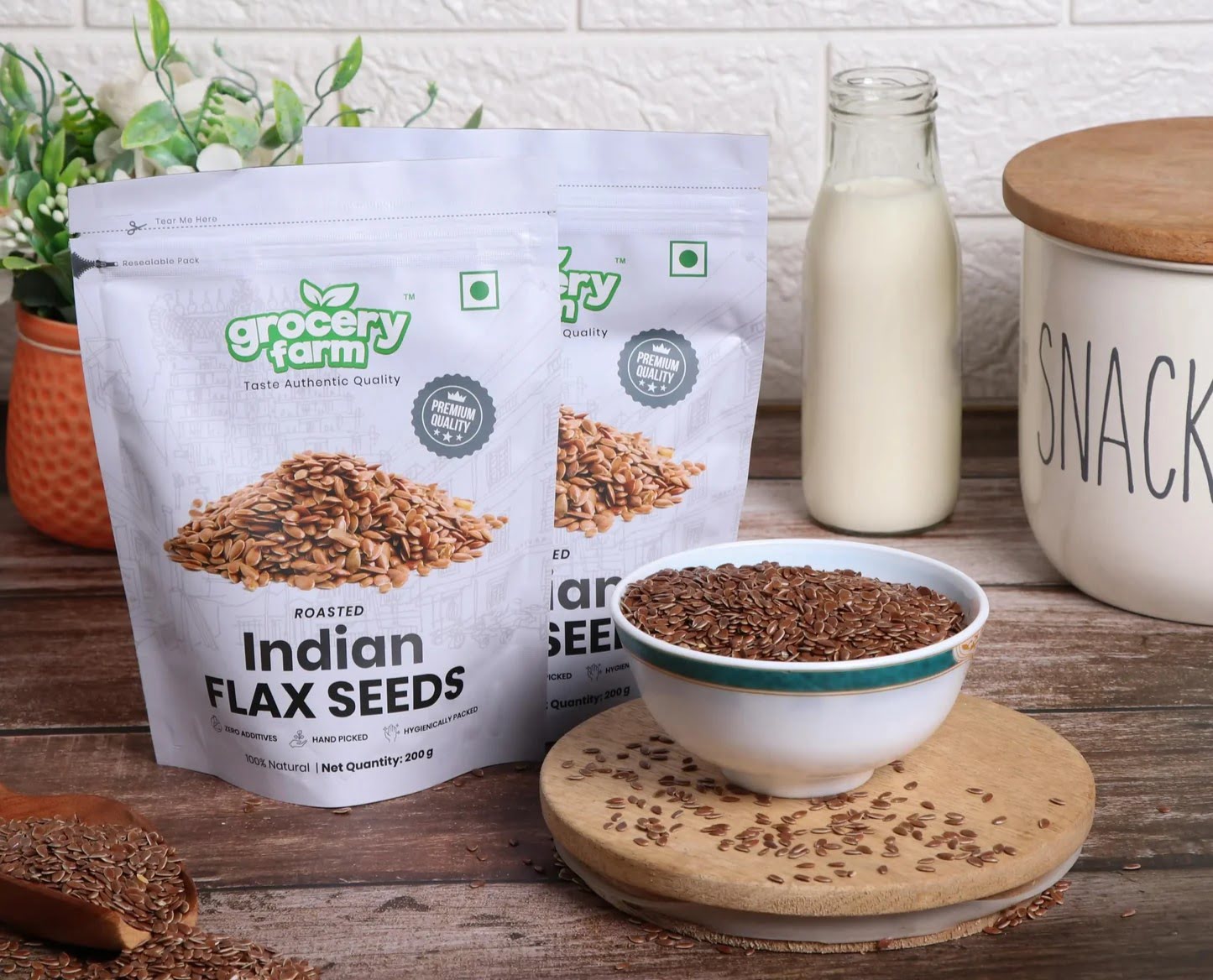
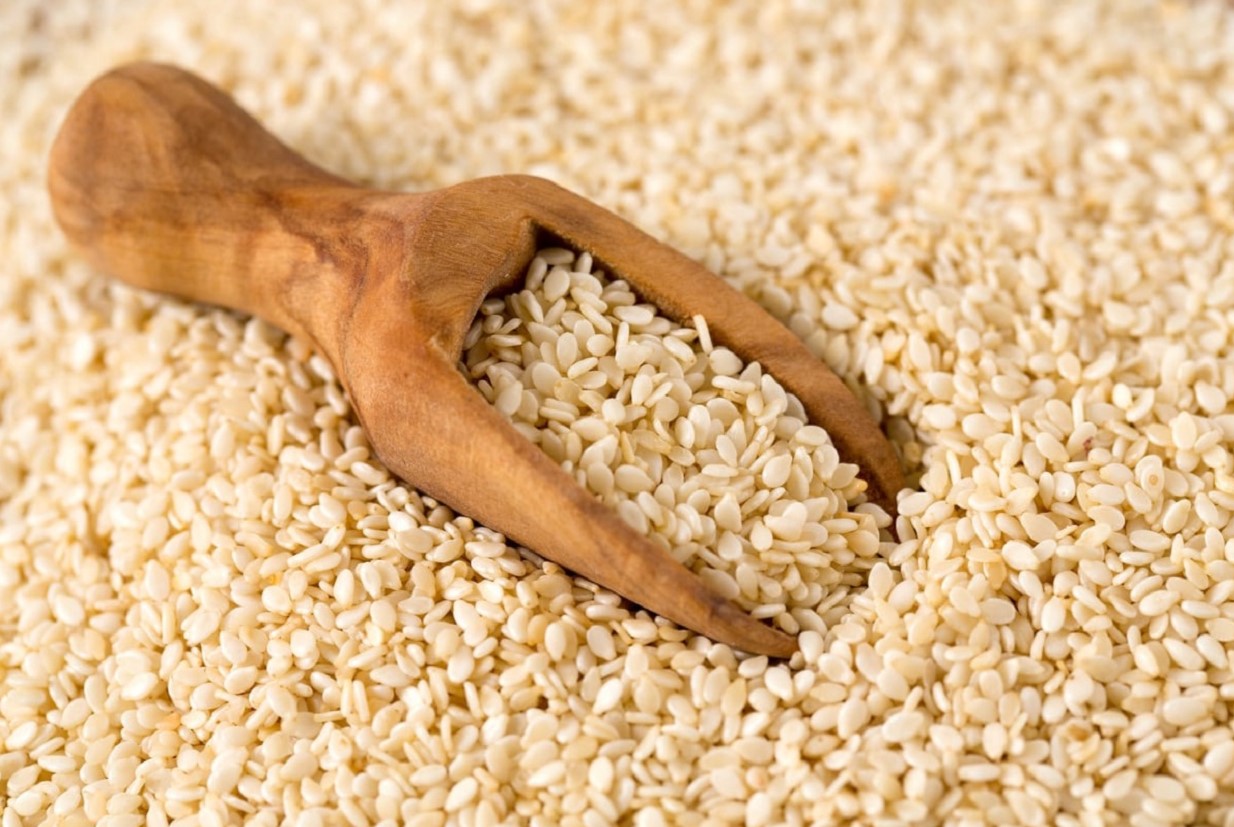
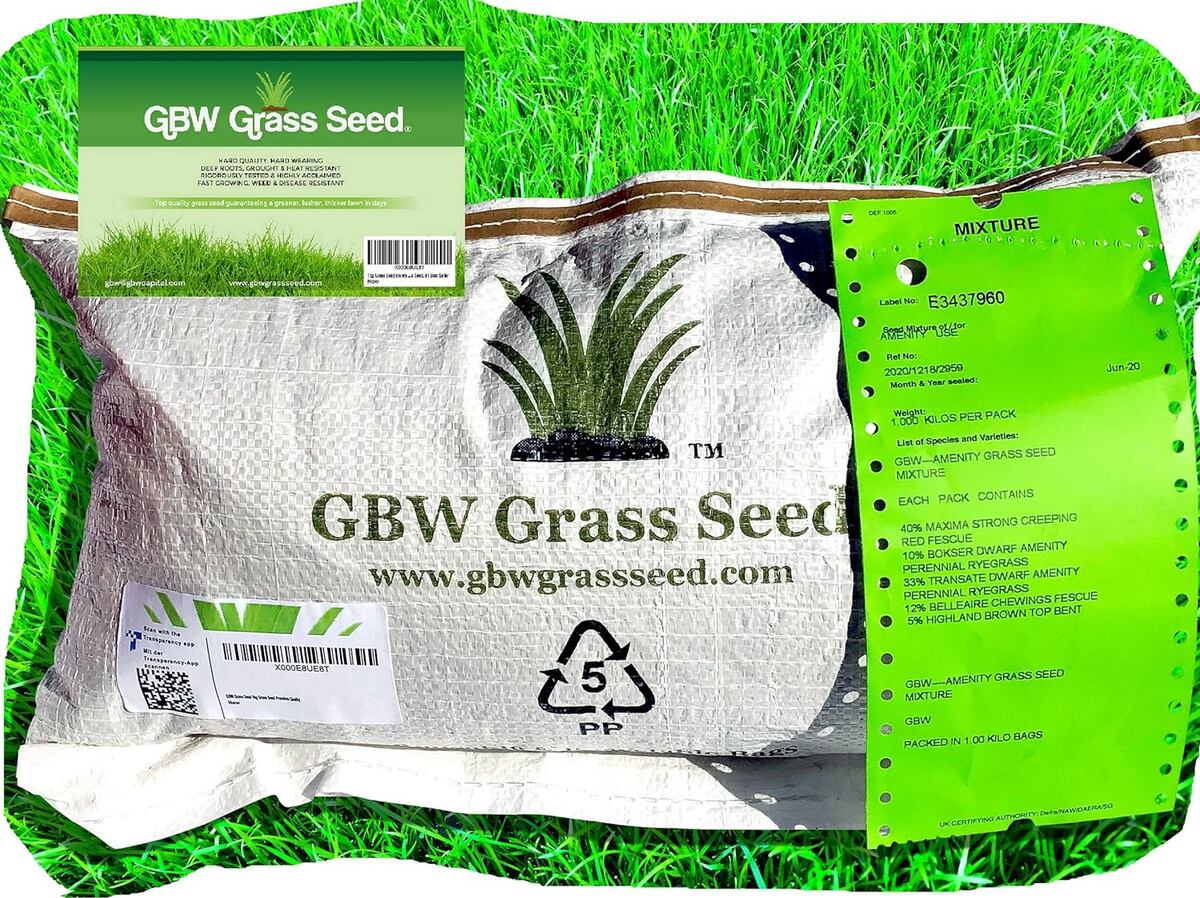

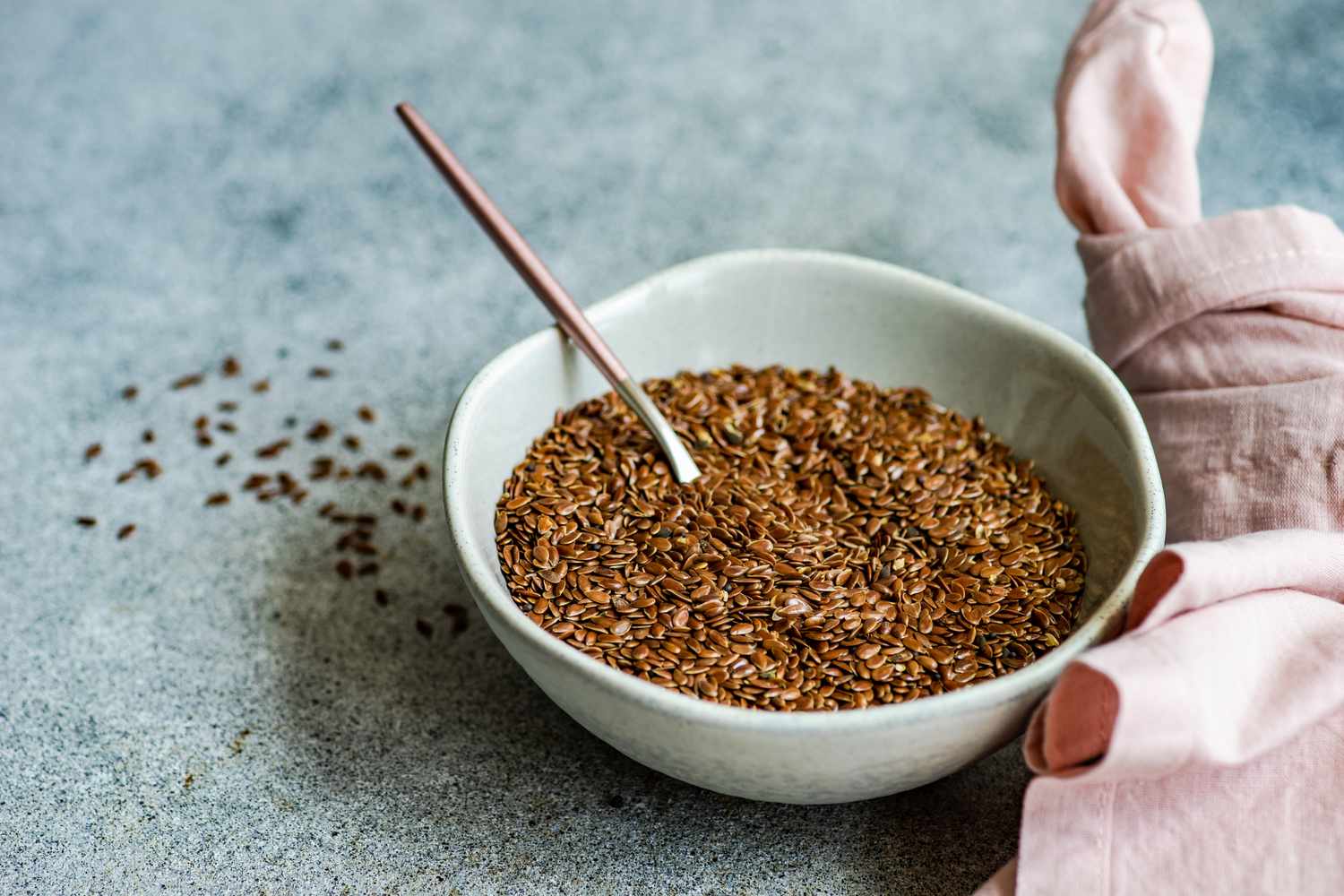
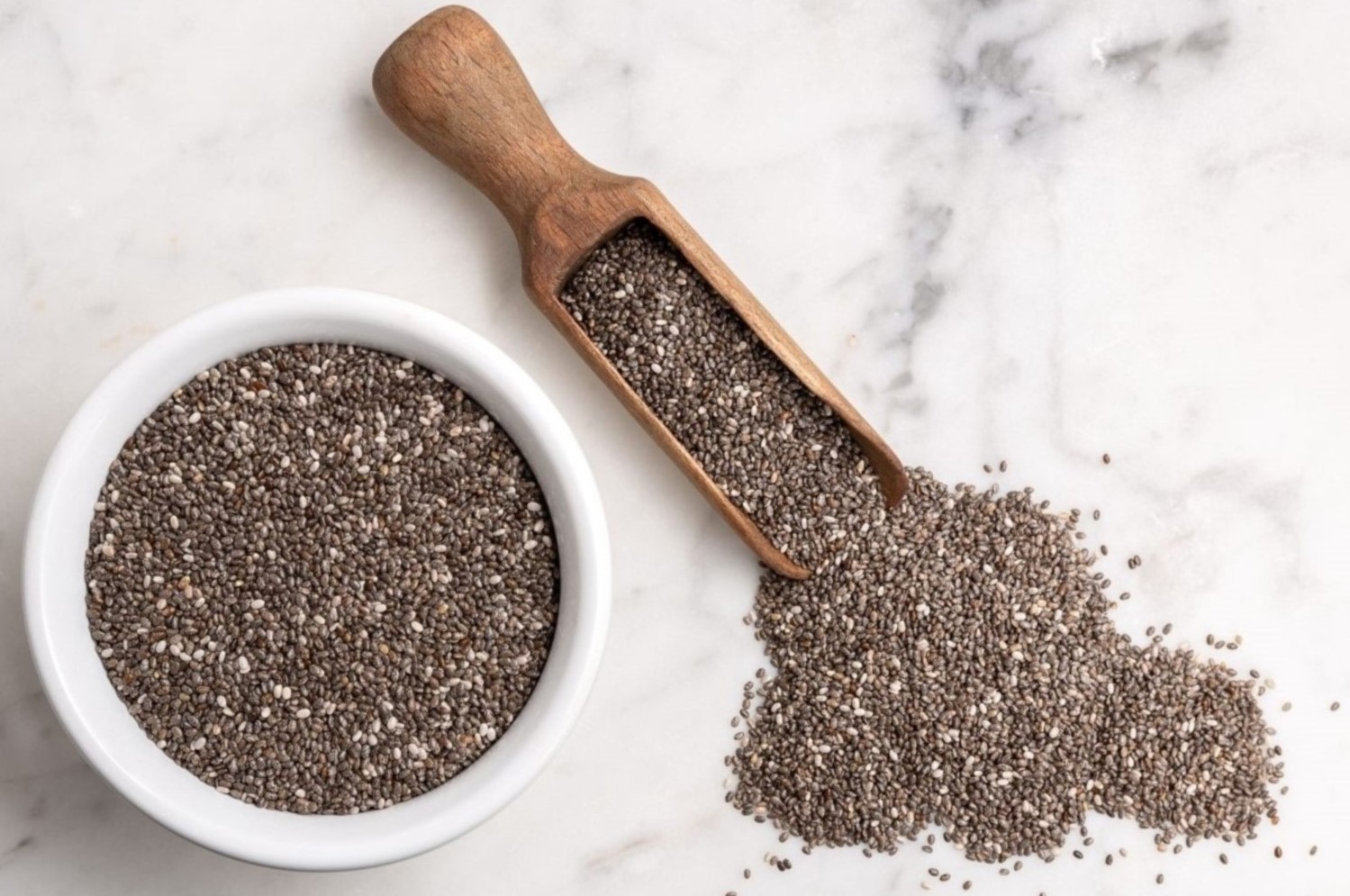

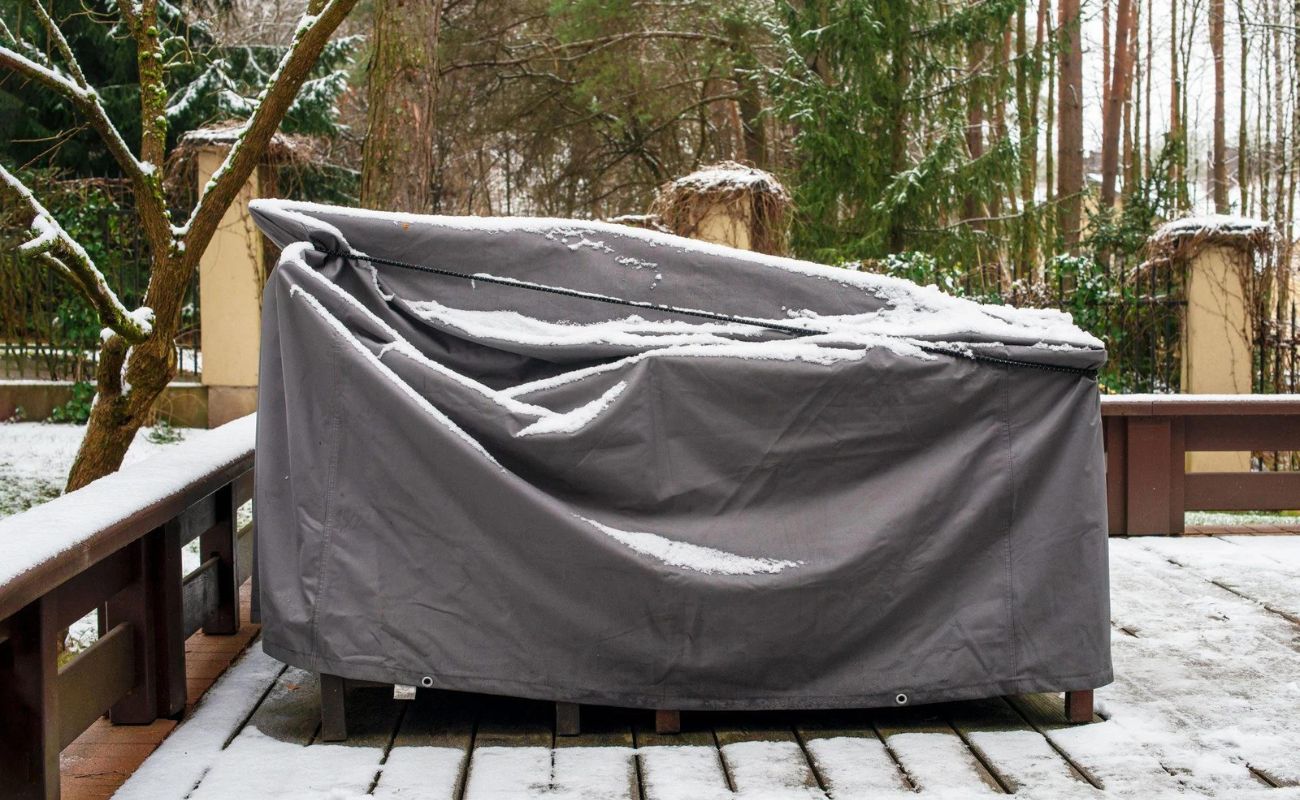


0 thoughts on “How To Store Grass Seed”